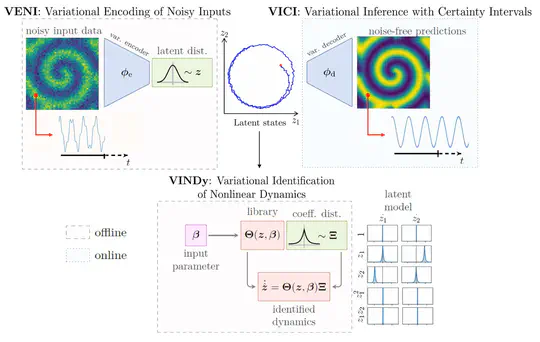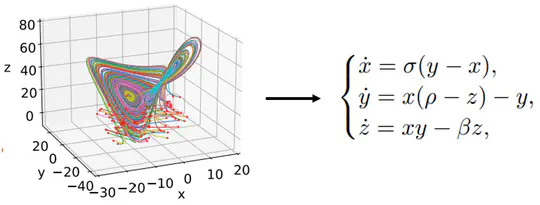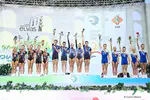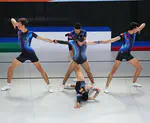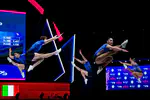I am a Research Associate in Fundamental Research in AI at The Alan Turing Institute. I am fascinated by the immense world that arises from blending core numerical methods with artificial intelligence learning techniques, which is what I am focusing on in my research activities. Lifelong learning is my attitude, and working day-by-day for long-term goals is my methodology. Mathematical engineer by formation, aerobic gymnast by passion.
- Scientific Machine Learning
- Reduced Order Modeling
- Multi-fidelity data fusion
PhD in Scientific Machine Learning
Politecnico di Milano, University of Washington
MSc in Mathematical Engineering, 2021
Politecnico di Milano, Sorbonne University
BSc in Mathematical Engineering, 2018
Politecnico di Milano
Experience
Led a research project to develop generative AI/ML frameworks for data-driven, reduced-order modeling under uncertainty.
- Conceptualized and implemented a data-driven framework based on variational reduced-order modeling with variational dynamics identification for scientific discovery in the presence of model and measurement uncertainties.
Developed ML algorithms for dimensionality reduction and system identification in complex, high-dimensional scenarios in engineering sciences.
- Designed and constructed physics-informed models for Micro-Electrical Mechanical Systems (MEMS) devices. Application and validation on MEMS micromirrors and resonator devices.
- Developed a multi-fidelity method to recover and predict high-quality solutions from multi-modal, low-fidelity data sources.
- Member of the National Team of Aerobic Gymnastics from 2010 to 2021.
- World medallist and European champion.
- Experiences in coaching and coreographing in Italy, France, Finland, Hungary, Lithuania and United States.
Publications
Projects
Contact
- pconti@turing.ac.uk
- British Library, 96 Euston Rd., London, NW1 2DB
- The Alan Turing Institute
- Connect on

